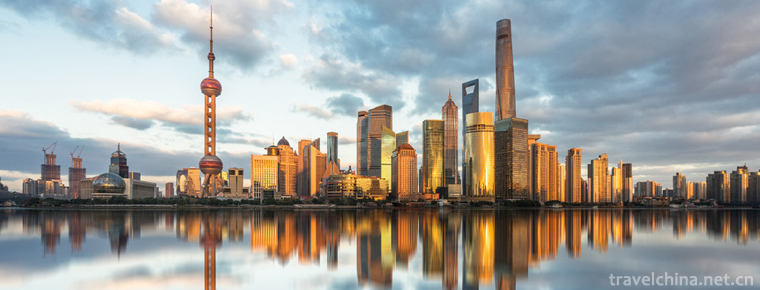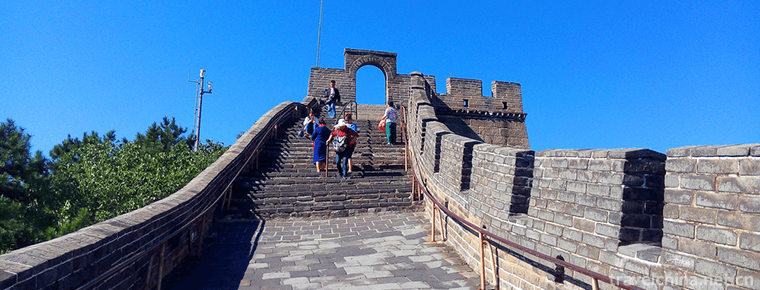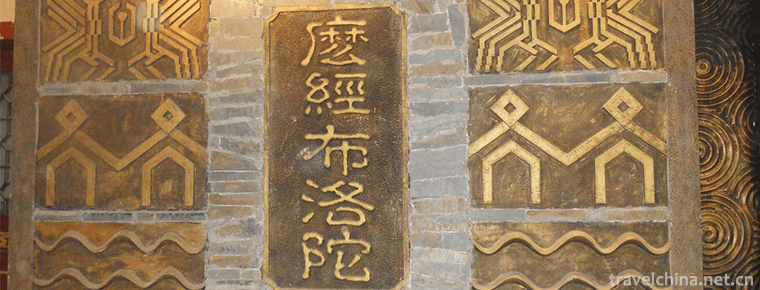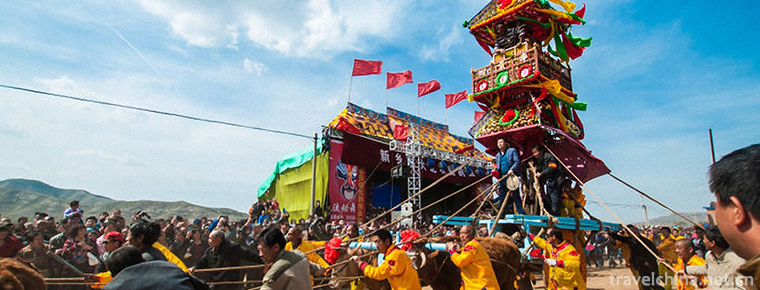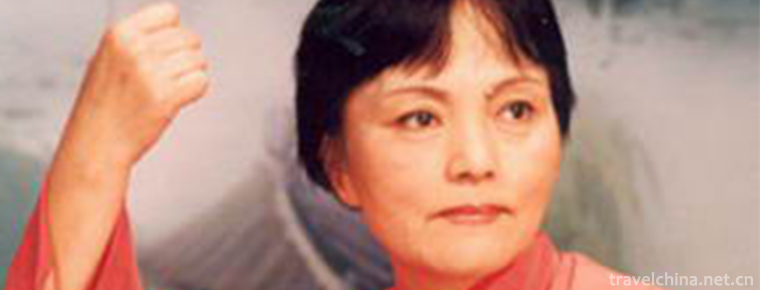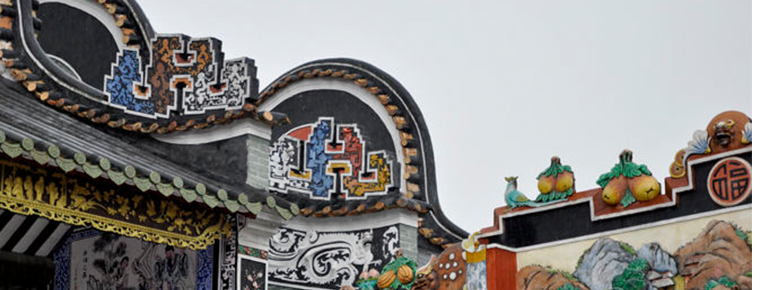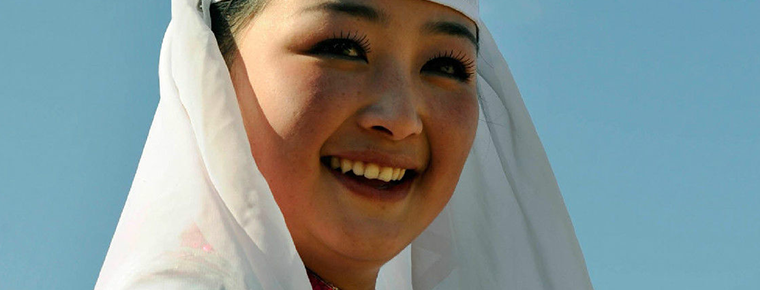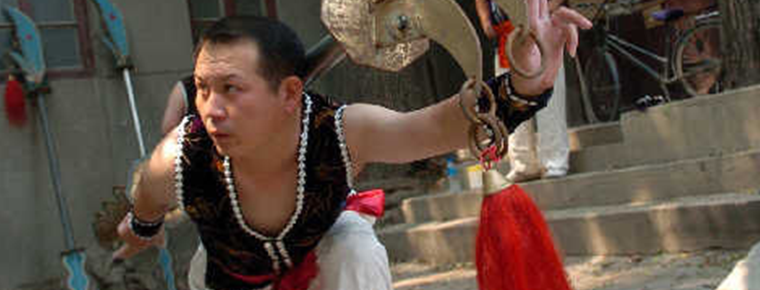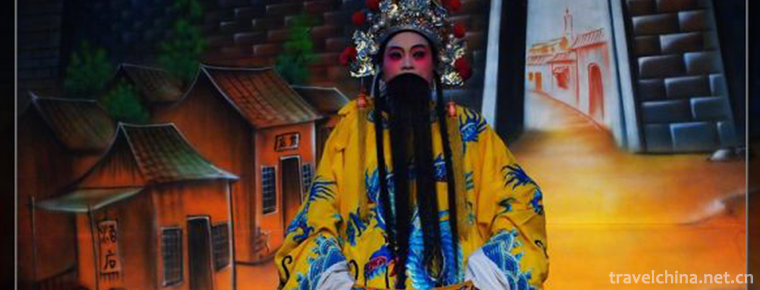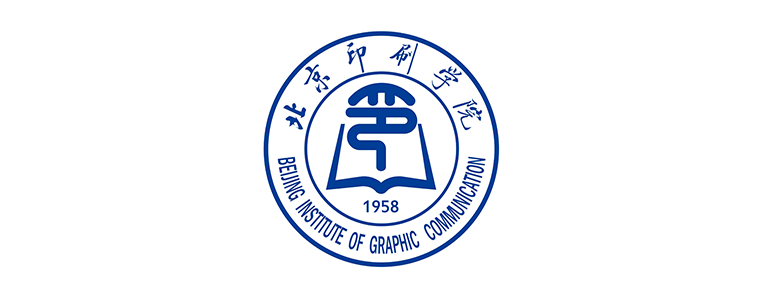Raohe Street Night Market
Raohe Street Night Market is located in Raohe Street, Songshan District, Taipei. It covers about 600 meters from the fourth section of Bade Road to the intersection of Fuyuan Street. Raohe Street Night Market is the only choice for tourists from home and abroad to visit Taiwan.
Raohe Street Night Market is 600 meters long from the fourth section of Bade Road and Fuyuan Street to Ciyou Palace. It is the most popular Taipei night market. Raohe night market is always crowded on weekends and holidays. Night market has become the characteristic of Taiwan and has gathered many foreign tourists, and their first choice is the famous Raohe Street Night Market.
On both sides of the street are full of shops, coupled with two rows of stalls in the middle of the road, there is still room for consumer walkways; Raohe Street is so large. The hundreds of snack vendors are the most attractive attractions of Rao night market. Such as ancient morning bean flour, oyster noodles, Fuzhou pepper pie, beef noodles, stewed ribs, spicy tofu, spicy duck blood, carambola juice, crab shell yellow, fried crab feet, mango strawberry kiwifruit ice, baked potatoes, a mouthful of fried dumplings or stewed pork rice, clam frying, are all famous, shop crowds, let many come to Raohe Street Night Market is full of people; besides delicious food, Raohe Street Night Market is also full of many clothing stores. Cheap fashion items range from hats and shoes to hot purses, and you can't stop looking at them in a dazzling array of styles.
Near the night market of Rao street, there are Tzu Chi palace, Songshan peasant association, fire brigade and Songshan Station. Among them, the temple of mercy is a temple to worship Mazu, which was completed in 1757. The refined sculpture on the roof, together with the legendary green dragon, makes the Ciyou Palace magnificent. The hall contains the bright lights of believers and pray for the blessing of Mazu. People from Raohe Street Night Market can also use convenient transportation to Taipei's various tourist attractions, such as Beijing Huacheng, Breeze Square, Windside Riverside Park and Taipei Little Big Egg, to feel the charming tour of Taipei.
The location of Raohe Street was formerly known as "Xikou". As Keelung Harbor was deep in water and close to the riverside, it became a transit station for Yilan and Keelung cargo to Taipei. It was an important transportation hub at that time, so commercially developed Taipei was the most prosperous place in Taipei. Songshan, named, gradually silted up the river bank caused fewer mooring vessels, and in the latter Bade Road widening project made Raohe Street become a secondary road, commercial activities less prosperous than before. In order to enable businesses to revitalize business, the government set up Raohe Street Night Market in 1987, not only to let businessmen feel the prosperity of Xikou in the past. It also allows the people of Taipei to have a more charming night market at night.















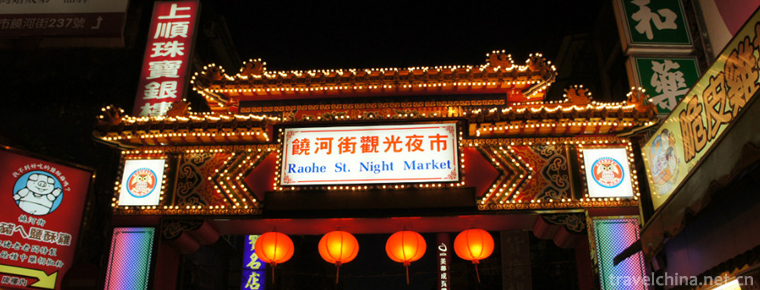
-
Shanghai
People's Republic of China municipality directly under the central government.
Views: 268 Time 2018-10-12 -
Qingyuan Mountain Scenic Area
Qingyuan Mountain National Key Scenic Spot is located in the southeast of Fujian Province, and on the Northeast Bank of the lower Jinjiang River.
Views: 146 Time 2018-12-08 -
The Badaling Great Wall
Juyongguan Great Wall is a famous ancient city along the Great Wall of Beijing and a national cultural relic protection unit. It is a national AAAA scenic spot assessed by Beijing Tourism Bureau.
Views: 317 Time 2018-12-09 -
Buluotuo
Buluotuo, the traditional folk literature of Ganzhuang Mountain in Baise, Guangxi, China, is one of the national intangible cultural heritages..
Views: 203 Time 2018-12-15 -
Four Scenic Car Race
Duyuan Sijing Car Race is a folk activity in Pingshun County, Shanxi Province. In May 2011, Pingshun County, Shanxi Province declared the "Four Scenic Car Race .
Views: 349 Time 2019-04-28 -
Hangzhou Reviews
Hangzhou Ci Commentary, commonly known as Xiaoshu, is the traditional art of rap and singing in Hangzhou, Zhejiang Province. It is a kind of folk art that tells stories.
Views: 190 Time 2019-05-02 -
Grey plastic
Gray plastic gray plastic, known as gray batch in ancient times, is the traditional architectural decoration technology in Lingnan area. The material is mainly lime. .
Views: 346 Time 2019-05-04 -
Hui Costume
The main symbol of Hui costume is the head. Men like to wear white caps. Hui women often wear a hood. Older Hui women wear black or brown headscarves in winter .
Views: 112 Time 2019-05-04 -
Hui Heavy Knife Wushu
Heavy knife is the original name of big knife. It is a traditional weapon around Beijing and Tianjin. It has a history of thousands of years in China. The original name of Jinmen.
Views: 167 Time 2019-05-04 -
Wuju Opera
Wu Opera, commonly known as Jinhua Opera, is one of the local operas in Zhejiang Province. It centers on Jinhua area and is popular in Jinhua, Lishui, Linhai, Jiande, Chun'an, Yushan, Shangrao, Guixi,.
Views: 220 Time 2019-06-30 -
Beijing Institute Of Graphic Communication
Beijing Printing College is a full-time general higher education institution established by the Beijing Municipal People's Government and the former General Administration of Press and Publication. Th.
Views: 164 Time 2019-09-22 -
Meishan administrative division
Meishan City has 6 county-level administrative divisions (Municipal District 2, county 4), and 80 township level administrative divisions (street 13, town 62, township 5). It covers an area of 7134 square kilometers and has a population of 3.5 million. Meishan Municipal People's Government in Dongpo District Meizhou Avenue West Section 2..
Views: 325 Time 2020-12-18
